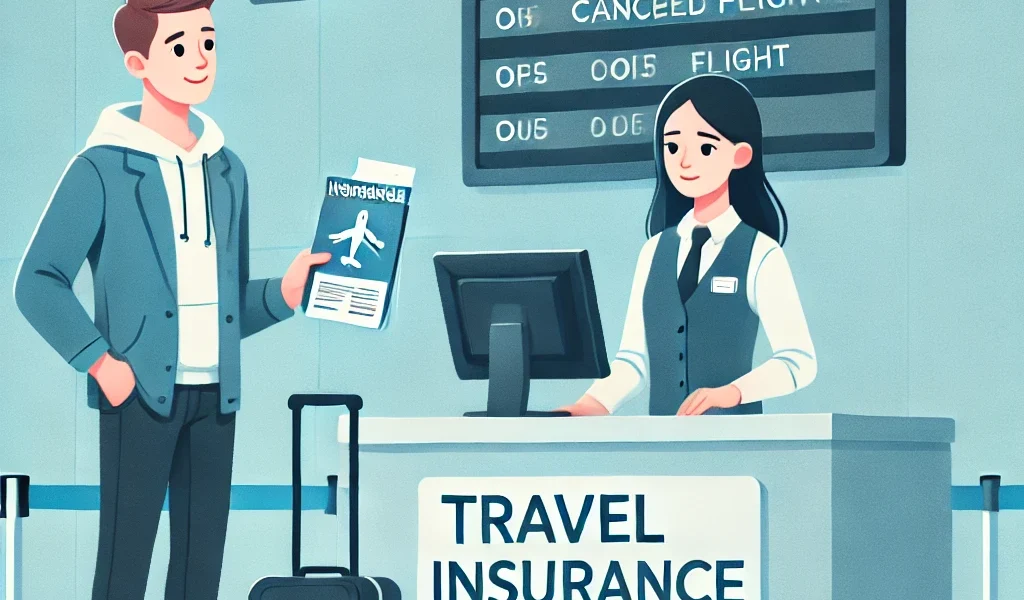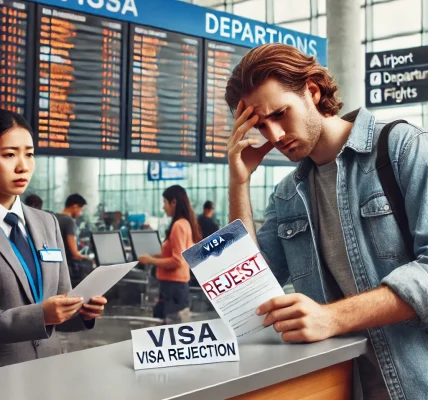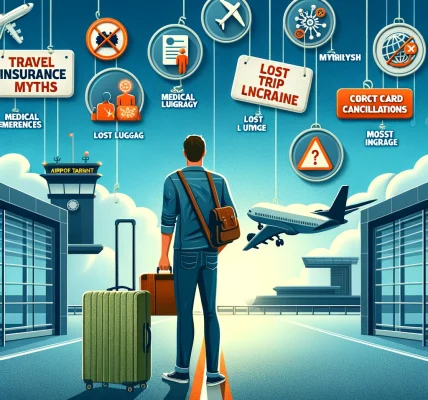Introduction
Imagine this: You’re on a dream vacation in Europe, but suddenly, you fall sick and need urgent medical attention. The hospital bill? A staggering $10,000 or more!
Or perhaps your flight gets canceled due to bad weather, and you have to book last-minute hotels and new flights, burning a hole in your pocket.
Travel mishaps can happen to anyone, but travel insurance ensures that you don’t face financial ruin while dealing with unexpected emergencies. In this DIY guide, we’ll explore:
✅ What emergency expenses travel insurance covers
✅ Real-life scenarios where travel insurance saved thousands
✅ How to choose the right travel insurance plan
✅ Common mistakes to avoid
By the end, you’ll know exactly how to protect yourself and travel worry-free!
1. What Emergency Expenses Does Travel Insurance Cover?
A good travel insurance policy can cover multiple emergency situations, including:
A. Medical Emergencies & Hospitalization
If you fall ill or get injured abroad, medical costs can skyrocket. Travel insurance covers:
✔ Doctor consultations
✔ Hospital stays & surgeries
✔ Emergency medications
✔ Ambulance fees
📌 Example: A tourist in the U.S. who breaks an ankle while hiking could face a $20,000+ medical bill—travel insurance would cover it!
B. Emergency Evacuation & Repatriation
If you need to be transported to a better hospital or flown back home due to a medical emergency, evacuation costs can exceed $50,000.
📌 Example: A traveler trekking in Nepal suffers from altitude sickness and requires a helicopter rescue ($5,000+). Without insurance, they’d have to pay out of pocket!
C. Trip Cancellation & Interruption
If you need to cancel or cut short your trip due to a family emergency, illness, or disaster, travel insurance reimburses your prepaid expenses (flights, hotels, tours).
📌 Example: You book a $5,000 luxury vacation, but a week before departure, you get severe food poisoning. Without insurance, you’d lose all your money!
D. Lost, Stolen, or Delayed Baggage
If your luggage goes missing or gets delayed for over 12 hours, travel insurance covers the cost of essentials like clothes, toiletries, and medications.
📌 Example: A traveler loses their $3,000 camera and laptop—insurance can refund the cost (depending on coverage limits).
E. Flight Delays & Cancellations
Flights get delayed due to weather, strikes, or technical issues. Travel insurance reimburses:
✔ Meals & accommodation during long delays
✔ Alternative flight bookings
📌 Example: Your flight to Paris is canceled due to a snowstorm, and you must book a $500+ last-minute hotel—insurance reimburses your costs.
2. Real-Life Scenarios: How Travel Insurance Saved Thousands
Case 1: Emergency Surgery in Thailand
🚨 What happened? A traveler in Thailand had a sudden appendicitis attack and required immediate surgery.
💰 Total hospital bill: $15,000
✅ Insurance covered: Entire amount, saving the traveler from financial disaster.
Case 2: Skiing Accident in Switzerland
🚨 What happened? A skier suffered a fractured leg and required air ambulance evacuation.
💰 Evacuation & medical costs: $40,000
✅ Insurance covered: Entire amount, preventing a huge debt.
Case 3: Lost Luggage on an International Flight
🚨 What happened? A business traveler’s luggage (containing expensive suits and a laptop) went missing.
💰 Replacement cost: $2,500
✅ Insurance covered: Full reimbursement for lost items.
3. How to Choose the Best Travel Insurance Plan
To ensure maximum protection, follow these 5 steps when selecting a policy:
✅ Step 1: Check the Coverage Amount
Choose a plan with:
✔ At least $100,000 for medical expenses
✔ $500,000+ for emergency evacuation
✅ Step 2: Look for Pre-Existing Medical Condition Coverage
Some insurers exclude pre-existing conditions, so check if your health issues are covered.
📌 Tip: If you have diabetes or heart disease, choose a policy that covers pre-existing conditions.
✅ Step 3: Ensure Coverage for High-Risk Activities
If you plan to go scuba diving, skiing, or trekking, make sure adventure sports coverage is included.
✅ Step 4: Compare Multiple Policies
Use websites like:
✔ InsureMyTrip
✔ Squaremouth
✔ World Nomads
📌 These platforms allow you to compare policies & prices easily.
✅ Step 5: Read the Fine Print
✔ Check exclusions (e.g., some plans don’t cover cancellations due to work issues).
✔ Confirm claim process details—some insurers require police reports for theft claims.
4. Common Mistakes Travelers Make (And How to Avoid Them)
🚫 Mistake #1: Buying the Cheapest Policy Without Checking Coverage
✅ Solution: Ensure it covers medical emergencies, trip cancellations, and baggage loss.
🚫 Mistake #2: Assuming All Activities Are Covered
✅ Solution: If you plan to ski, dive, or hike, buy a policy with adventure sports coverage.
🚫 Mistake #3: Waiting Until the Last Minute to Buy Insurance
✅ Solution: Buy travel insurance as soon as you book flights & hotels to get trip cancellation benefits.
🚫 Mistake #4: Not Keeping Digital Copies of Insurance Documents
✅ Solution: Save your policy details on your phone & email for easy access.
5. How Much Does Travel Insurance Cost?
💰 The cost of travel insurance depends on:
✔ Your destination (USA, Canada, and Europe have higher medical costs)
✔ Trip duration (Longer trips cost more)
✔ Your age (Older travelers pay higher premiums)
Average Costs:
📍 1-week trip to Europe: $50–$150
📍 1-month backpacking in Asia: $100–$300
📍 Annual multi-trip insurance: $300–$800
📌 Tip: Buying an annual plan saves money if you travel frequently.
Conclusion
Travel insurance isn’t just an extra expense—it’s a financial safety net that protects you from:
✔ Expensive medical bills
✔ Unexpected trip cancellations
✔ Lost or stolen baggage & valuables
✔ Costly flight delays & evacuations




